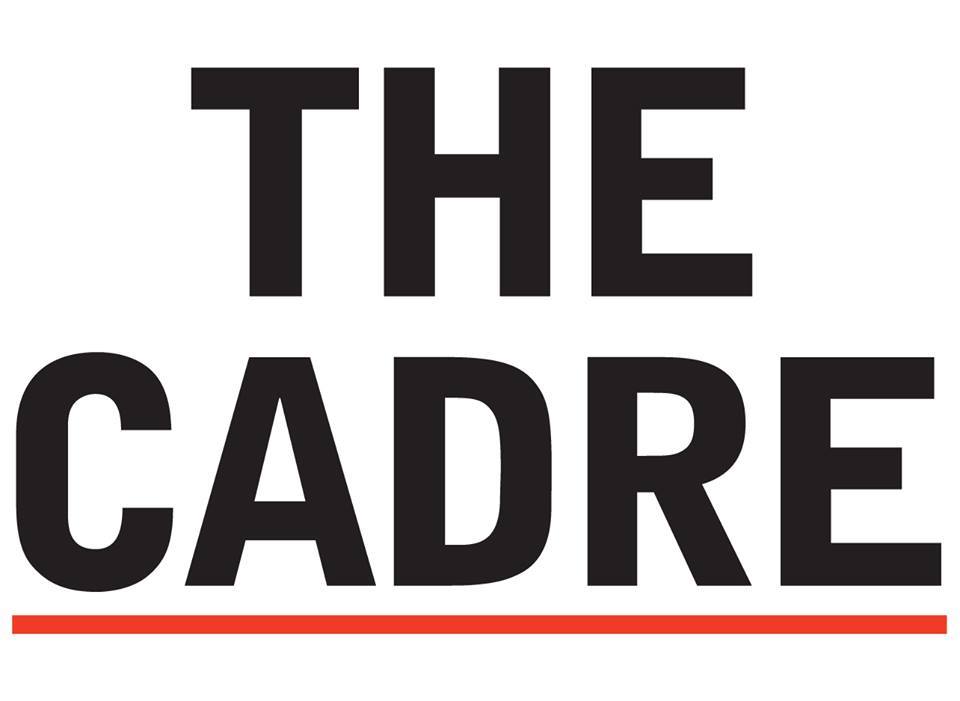By: Fallon Mawhinney
On November 18th, four El Camino de Santiago pilgrims James Montgomery, Nicole Dupuis, The Cadre’s own Daniel Brown and Nick Pierlot put on the first ever “Camino on Tap†presentation at the Pourhouse in Charlottetown. The event was sponsored by the Catholic Studies Department at UPEI.
The four young people spoke passionately and informatively about their experience walking the 700 km pilgrimage from St.-Jean-Pied-de-Port, across Northern Spain, to the hallowed city of Santiago. The journey crosses two mountain ranges, mesetas (or “plainsâ€) and ends in the rain-soaked western part of Spain. Additionally, pilgrims pass through countless villages, cities and regions, encountering thousands of fellow pilgrims from around the world, and facing every type of difficulty, from language barriers to excruciating blisters. To break down this overwhelming experience, each pilgrim spoke about a different aspect of the Camino experience.
First, Montgomery spoke about the rich history of the Camino, which began as a pilgrimage to Santiago, where the bones of St. James the Greater, also known as the son of Zebedee, are thought to have been buried. He noted that the journey should not be confused with the actual path of St. James to Santiago, as St. James had many more far-reaching journeys across Europe and Asia, not just the path of the Camino. Historically, pilgrims began the Camino when they left their home, often walking from as far away as Northern Europe, and carried only a walking stick and a white scallop shell: a symbol of their destination. To this day, the scallop shell remains a symbol of the Camino, and walking sticks are highly encouraged for the long trek.
Secondly, Dupuis outlined her experience walking the Camino as a Catholic, and how the religious aspect of the journey influenced her. Dupuis learned many tough lessons from her journey, including how to let go of vanity, anxiety, and learning how to embrace humility. She also spoke about letting go of figurative and literal baggage, describing her experience at La Cruz de Ferro — the highest point of the Camino. Traditionally pilgrims bring a stone from their home country to the iron cross, and place it at the foot, representing their personal burden. Dupuis carried a large sandstone from Prince Edward Island all the way to La Cruz, bringing a very tangible aspect to “laying down a burden.â€
Daniel Brown spoke next about daily life as a pilgrim on El Camino. Typically, a day begins with a quick breakfast, and a “second breakfast†after walking ten kilometers – between one-half and one-third of the day’s distance. After that, the day ends in the early afternoon, by finding a bed in an albergue (hostel), and then cleaning up, napping, and enjoying a meal with other pilgrims before getting up early to begin the day again.Naturally, when walking between twenty-five and thirty kilometers a day, the body undergoes physical and mental exhaustion. Brown mentioned that bedtime for pilgrims is often before ten o’clock, in order to wake early to walk before the heat of the day hits. Brown also listed the three things he wish he would have known before walking the Camino:
1. “What the heck I was doing”
2. “That only three out of four Islanders make it to Santiago”
3. “Spanish”
Finally, Nick Pierlot closed off the evening by touching on the theological aspect of the Camino. He described a phenomenon known as “theophany†– the divine interaction with tangible history. Listing several Biblical examples, such as the Israelites in the desert, Pierlot connected the Camino journey as a human reflection of Christ’s life and suffering.
“The Camino is a microcosm of life,†said all four Pilgrims. Beautiful, challenging, heartbreaking, hilarious, and filled with characters from all walks of life, it is a life-changing experience that kick-starts the idea of being human. Congratulations to these four young people for taking on the challenge and sharing it with their community.
Brown also recorded a video of the presentation which can be seen here:
http://www.youtube.com/watch?v=-zIag3Kf9cM
